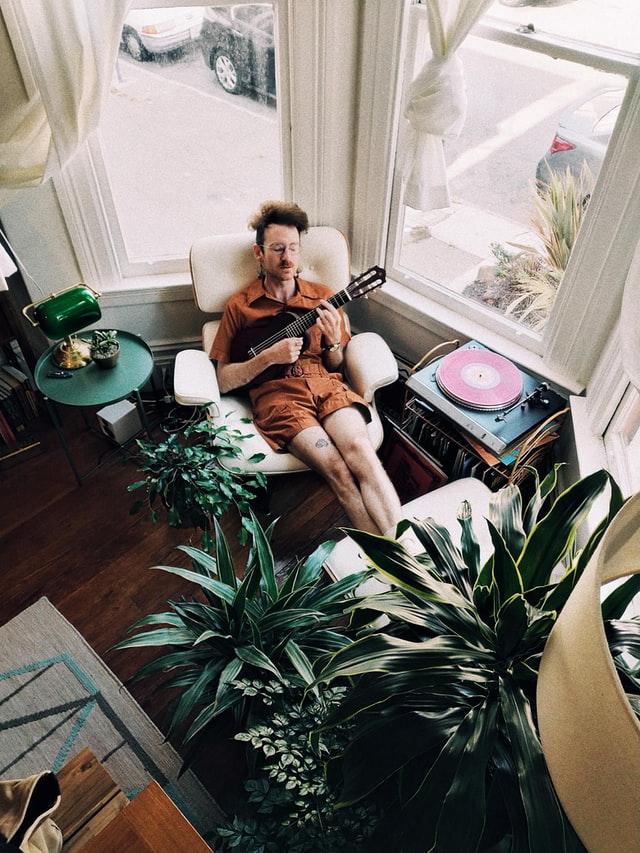While homes are selling quickly in the current market, the vast majority of those are existing homes. Construction has been slow for quite some time, and is weakened by high lumber prices. Though lumber prices are below their peak in May, wildfires are still hampering the ability to procure lumber. With so few homes being built, sales of new homes hit a 14 month low in June.
This is a problem not only for construction companies, but for the economy as a whole. Without many homes being built, supply is significantly lagging behind the already high demand. What’s more, many existing homes are not in the category of affordable housing, meaning low-income homebuyers are struggling to find something within their budget, especially with prices being high right now.
Photo by Randy Fath on Unsplash
More: https://finance.yahoo.com/news/u-home-sales-fall-sharply-141839957.html



















